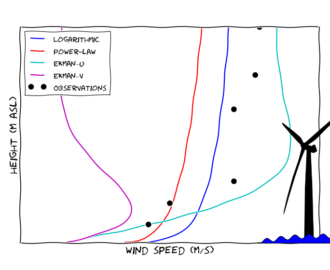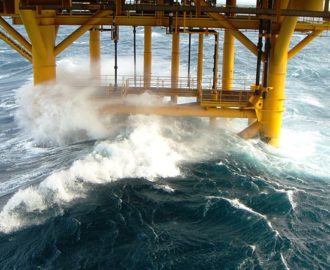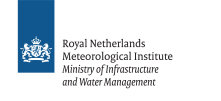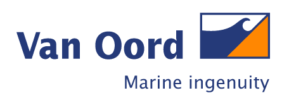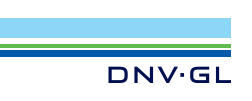The EUROS Project External conditions in a nutshell
Wind loads at sea level and high altitude, on ships and aircraft for instance, are well understood. Wind conditions at 50 to 250 meter above sea level – relevant to offshore wind farms – are much less understood though. This lack of understanding implies uncertainty in the knowledge about loading of offshore wind turbines. Present engineering practice simply accounts for this uncertainty by applying safety factors in the structural design of offshore wind turbines. These safety factors are most likely too high, ultimately causing unnecessarily high costs of offshore wind energy.
Another, related issue concerns the logistics of installation and maintenance of offshore wind turbines. Analysis of installation and maintenance costs of off shore wind farms reveals that there is a significant efficiency loss due to poorly predictable weather conditions. The efficiency could be improved significantly if extended weather forecasting (periods up to one month, including uncertainty) would be possible. Probabilistic planning could be applied then.
The ultimate goal of the EUROS program is to reduce uncertainties in the structural design of offshore wind farms, as well as in the logistics of installation and maintenance. The EUROS project External Conditions addresses the uncertainty in external conditions (wind and waves), including the uncertainty in wake effects from upwind turbines. Furthermore, techniques for extended weather forecasts are developed in the project, as input for probabilistic planning and budgeting of installation and maintenance. The results of the project External Conditions are used in the two other projects within the EUROS program: project Loads and Damage and project Wind Farm Design Optimization.


